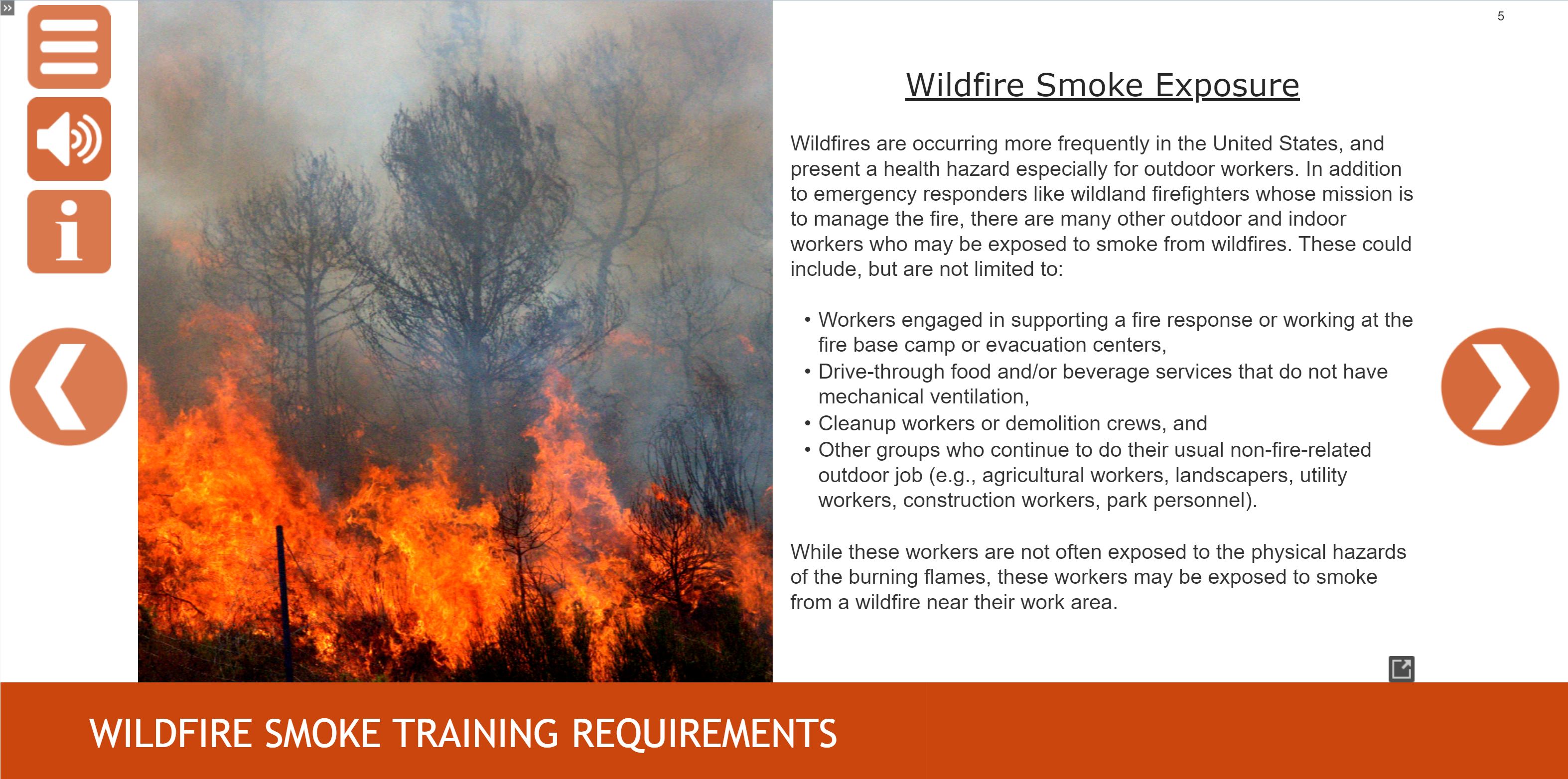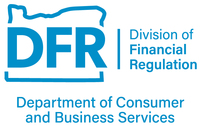The latest news stories across the state of Oregon from the digital home of the Oregon coastal cities, OregonBeachMagazine.com
Wednesday, June 22, 2022
Oregon Beach Weather


Astoria City Council Approves Homeless Camping Ordinance
The Astoria City Council has approved a homeless camping ordinance outlining the time and manner for when someone can sleep on public property.

The council expects to discuss a separate resolution detailing places people can and cannot sleep in July.
The ordinance, which went into effect upon passage, is in response to federal court rulings and state legislation that prohibit police from enforcing illegal camping on public property unless there are adequate shelter spaces available for people to go to instead.
In lieu of not having adequate shelter space, jurisdictions can detail the time, place and manner someone can sleep outdoors.
The ordinance allows people to set up temporary camps overnight from 9 p.m. to 7 a.m. with bedrolls or sleeping bags, tarps, or small tents.
City Manager Brett Estes said city staff expects to present a final proposal for the place component on July 18. The council would consider a resolution at a future meeting.
The City Council reviewed a draft map in May that showed proposed areas where camping would not be allowed. All other areas would be on the table, with certain exceptions.
“Staff have been working to refine that but it is still a work in progress,” Estes said.
The City Council was supportive of excluding camping in all city parks, city owned and maintained parking lots, public restrooms and primary residential zones. The council may, however, permit camping in certain locations within the excluded areas.
Sidewalks would also be off-limits unless there is enough room to leave 6 feet of space. The council was also in favor of prohibiting camping in doorways and adding buffers around excluded areas.
People would be allowed to sleep in commercial districts, some other publicly owned properties and rights of way.
There are also plans to include a temporary camping program to allow camping on private properties, with owner permission.
Churches, for example, could allow camping in parking lots after notifying the city. Homeowners could allow a tent in their backyard or one vehicle in their driveway.
OSP Seeks Public’s Help to Identify Person Who Shot Young Buck In Reedsport
Oregon State Police troopers are asking for the public’s help identifying a person who shot and killed a deer in a parking lot in Reedsport last week.

At about 4:30 a.m., on June 17, OSP Fish & Wildlife troopers received information about a young buck deer that had been shot at the Reedsport Public Boat Launch parking lot. An investigation revealed the deer was shot with a handgun at about 3 a.m.
According to OSP, the city of Reedsport was extra busy at the time as a chainsaw carving competition and a rock and gem show were happening over the weekend. OSP said several people were staying nearby in campers and trailers.
Anyone with information about who the suspect may be is asked to contact the Oregon State Police Tip-line at 1-800-452-7888, *OSP (*677), or email at TIP@osp.oregon.gov. Please, reference case number SP22-147967.
Sea Creature Found Washed Up And Rotting On Mill Beach In Brookings
A bizarre-looking sea creature was found washed up and rotting on Mill Beach in Brookings
Kristine Tillotson posted a picture of the find to Reddit, where she asked for help in identifying the creature. The photo shows an animal with needle-like teeth, lying dead on a stack of rocks. Parts of its body are peeling away, as it appears to be decomposing.

Tillotson told Newsweek that she came across the animal at Mill Beach in Brookings, Oregon.
“I posted the photo to Reddit in a bone collecting group as well as a marine biologist group and they all agreed it is a type of eel called a monkeyface prickleback eel,” Tillotson said.
“I was excited and confused when I first saw it. I love walking the beach to see what washes up whether it’s animals or shells. I thought it was super interesting because it didn’t look like any fish I’d ever seen, it looked like one of those deep-sea creatures.”
Monkeyface prickleback eels—also commonly known as monkeyface eels—are native to the Pacific coast of North America.
They can be found in rocky reef habitats from Oregon, to Baja California and Mexico.
Despite their menacing appearance, mature monkeyface eels are actually herbivores and only feed on algae. However, some growing species may feed on some crustaceans. They can reach sizes of up to 18 feet.
The monkeyface eel is so-named due to its unusual appearance. Live ones have a large lump on the top of their head, which can look like a monkey’s nose.
Reddit users commented on the photo, speculating as to what it could be.
Local Schools Start Summer Meal Programs

Now that summer is in full swing for local students, many school districts have started their summer meal programs.
To find the summer meal closest to your location, visit the Oregon Department of Education’s Summer Meals Map webpage.
Something new this summer is that meals will need to be consumed on-site. During the pandemic, meals could be retrieved and taken away because the United States Department of Agriculture (USDA) waived many of the program requirements, offering flexibilities to meal service operations in an effort to serve participants safely and minimize exposure to COVID-19. Several of those waivers are set to expire in the near future.

We want to keep you informed about COVID-19 in Oregon. Data are provisional and change frequently.This report covers the four-day period from June 17 to June 20, 2022.For more information, including COVID-19 data by county, visit our dashboard: http://ow.ly/46fP50JE5n2Note: The most recent emergency department visit data are currently not available due to a technical issue with the server. We’re working to resolve the issue.


The CDC’s COVID-19 Community Levels tool, updated every week, uses multiple factors to rate the level of COVID-19 spread in your county and can help you make decisions about how to approach activities such as grocery shopping, masking, travel and more. Three Oregon counties are at “high” community level, as of June 16. To learn more how to use regional CDC and OHA data to help make decisions about masking and taking other precautions, visit http://ow.ly/9CO850JCWKj.

Oregon OSHA launches new, free resources to help employers understand and comply with rule protecting workers against wildfire smoke
Salem – As a rule addressing protections for workers against potential exposure to wildfire smoke is set to take effect July 1, Oregon OSHA encourages employers and workers to use new resources developed by the division to help understand and comply with the rule.

The following free resources are now available online:
- Wildfire smoke online course: Designed to satisfy certain training requirements found in the wildfire smoke rule, the course addresses such topics as air quality measurements, health effects and symptoms, the proper use of filtering facepiece respirators, and other safety measures.
- Fact sheet about the key requirements of the wildfire smoke rule: This six-page document highlights the rule’s key overall requirements, offering a reader-friendly summary of what employers and workers need to know about the rule.
“These new tools underscore our ongoing commitment to provide employers with resources in advance to help them comply with the rule and protect their workers from the potential dangers of wildfire smoke,” said Renee Stapleton, acting administrator for Oregon OSHA.
Oregon OSHA adopted wildfire smoke and heat rules in May. Both rules encompass initial protective measures for workers who rely on employer-provided housing, including as part of farm operations. The heat rule took effect June 15. Resources to help understand and comply with the heat rule are available, including the recently released sample plan for the heat illness prevention plan and sample plans for rest breaks and acclimatization.
Both rules were proposed in February, following a development process that included worker and community stakeholder listening sessions, input and review by rule advisory committees, and input from employer and labor stakeholders. The rules build on temporary emergency requirements that were adopted in summer 2021 following several months of stakeholder and community engagement.
The wildfire smoke rule addresses an array of exposure assessments and controls, and training and communication measures. The heat rule requires access to shade and cool water, preventive cool-down breaks, and prevention plans and training.
More resources are available:
- A worker’s right to a safe and healthy workplace.
- Free Oregon OSHA consultations for employers to improve workplace safety and health programs – no fault, no citations, no penalties.
- Questions about how to apply rules to your workplace? Contact Oregon OSHA specialists.
- A-to-Z topic index, including updated pages for wildfire smoke and heat illness prevention.
- Oregon Department of Consumer and Business Services (includes Oregon OSHA as a division) Multicultural Communications Program, providing outreach to communities with limited English proficiency. Toll-free number: 800-843-8086.
- Ombuds Office for Oregon Workers for help understanding workplace safety and health rights, and workers’ compensation rights. Toll-free number: 800-927-1271

Oregon OSHA, a division of the Department of Consumer and Business Services, enforces the state’s workplace safety and health rules and works to improve workplace safety and health for all Oregon workers. For more information, go to osha.oregon.gov.
The Department of Consumer and Business Services is Oregon’s largest business regulatory and consumer protection agency. For more information, go to www.oregon.gov/dcbs/.
DCBS audits found RHEA violations with health care insurers

Salem – Oregon insurers failed to fully comply with the Reproductive Health Equity Act (RHEA) in several areas, the Oregon Division of Financial Regulation concluded in a report the division released today. RHEA requires health insurers to cover certain reproductive health, sexual health, and other health care services – including contraception and abortion – without imposing cost sharing.
The report, which summarizes marketwide findings, came after the division discovered variations in coverage on RHEA claims and indications of potential widespread noncompliance with the law – specifically the inappropriate application of cost sharing for some services covered by RHEA. This prompted the division to conduct an audit – called a market conduct examination – on RHEA coverage and the insurers’ application of the law.
Generally, violations included failure to implement claims adjudication processes that identify services covered, failure to pay claims according to the requirements of the law, misinterpretation of cost-share requirements, improper application of medical management during claims adjudication, failure to update claims adjudication systems resulting in improper consumer cost share for RHEA services, and outdated consumer and provider complaint handling practices. Not every violation was found at every insurer.
Some insurers failed to provide coverage of certain benefits until 2020 or later, including preventive services covered by the Affordable Care Act. Examinations also determined that specified services required to be covered without cost share by RHEA were being violated. Those violations included abortion, anemia screening, contraception, pregnancy screening, sterilization, and sexually transmitted infection screening.
The division is finalizing insurer-level reports for public release. As part of that process, the Insurance Code requires the division to provide an opportunity for insurers to review and comment on findings in a hearing with the division. Once finalized, the individual insurer reports will be published and made available to the public. In the interest of transparency, the division is releasing this anonymized, aggregate report while individual reports are being collated.
In 2017, the Oregon Legislature passed House Bill 3391 – known as the Reproductive Health Equity Act. Some services required to be covered by RHEA are also required without cost sharing as a preventive service under the Affordable Care Act. Health benefit plans, such as individual, small group, and large group, are subject to RHEA. Other plans, such as those offered by a self-insured employers and Medicare, and plans that provide limited benefits, are not subject to RHEA. The enacted provisions of RHEA were applicable to commercial health insurance plans issued, renewed, modified, or extended on or after Jan. 1, 2019.
The Division of Financial Regulation is part of the Department of Consumer and Business Services, Oregon’s largest business regulatory and consumer protection agency. Visit dfr.oregon.gov and dcbs.oregon.gov.
State of Oregon increases child care reimbursement rates for providers
(Salem) – Child care reimbursement rates are increasing for providers caring for children of families who receive support with child care expenses through the Oregon Department of Human Services (ODHS).
ODHS pays child care providers for child care provided to families receiving child care assistance through the Employment Related Day Care (ERDC) and the Temporary Assistance for Needy Families (TANF) programs.
The new child care reimbursement rates are effective June 1, 2022 and increasing due to the passage of House Bill 4005 of the 2022 Legislative Session.
The average monthly reimbursement rates for full-time care are increasing by:
- 18% for family, friend and neighbor care
- Between 6 and 20% for child care centers
- Between 11 and 25% for licensed home-based care
“For many families the cost of child care can be a barrier to meeting their goals and entering and staying in the workforce,” said Claire Seguin, deputy director of the ODHS Self-Sufficiency Programs. “These reimbursement rate increases will ensure families have equal access to quality child care.”
“As our child care system continues to struggle with staffing shortages and lack of child care supply, this is an important first step to ensure our child care providers are paid a fair wage,” said Oregon Early Learning System Director Alyssa Chatterjee. “I appreciate the Legislature’s investment in our system and what this will mean for Oregon families who receive support for their child care expenses.”
Actual child care reimbursement rates vary depending on provider type, child age and what community the provider is in. A complete list of reimbursement rates can be found online at https://www.oregon.gov/dhs/ASSISTANCE/CHILD-CARE/Pages/Rates.aspx.
ERDC helps eligible families pay for work-related child care expenses, including registration and enrollment fees. ERDC is a subsidy program, which means some families, depending on their income, may be required to pay a copay.
TANF supports individuals engaged in the Job Opportunity and Basic Skills (JOBS) program in attaining their goals by providing direct child care payments to providers as well as assistance with enrollment fees.
Oregonians can apply online for ERDC, TANF and other government supports online at One.Oregon.Gov or by phone at 1-800-699-9075 or TTY 711.
Resources to help meet basic needs
- Find a food pantry: foodfinder.oregonfoodbank.org
- Dial 2-1-1, or text your zip code to 898-211 for help finding local resources and supports, including child care in your community.
- Visit www.211info.org for help finding local resources and supports, including child care in your community.
- Oregon Department of Human Services Resources
The Oregon Department of Human Services, Self-Sufficiency Programs operates the Employment Related Day Care program. The Employment Related Day Care program helps working families pay for child care, including registration and enrollment fees. It also works with partners statewide, including the Early Learning Division, to help families find quality child care.
A new grant program aims to help members of Oregon’s nine federally recognized Native American tribes with the cost of attending college next academic year.
The Oregon Tribal Student Grant program will cover attendance costs, beyond what federal and state financial aid cover, at eligible colleges or universities in the state. Students can use the money for tuition, and they can also apply it to other expenses like housing, books and transportation.
The Oregon Legislature approved the program for one year. Already, more than 500 people have started applications,
according to the state’s Higher Education Coordinating Commission. State officials encourage students to apply for the grant by Aug. 1, which is the “priority deadline.”
Tribal representatives including Sandy Henry, the education director for the Cow Creek Band of the Umpqua Tribe of Indians, were involved in the rule-making process for the grant program.
A 32-year-old woman faces attempted murder, arson, animal abuse and car theft charges after allegedly lighting a pickup truck and camper trailer — that was occupied by a woman and her two dogs — on fire earlier this month.
Porsha Marie Weaver, 32, of Bonzana, has been arrested by the Klamath County Sheriff’s Office in connection to the alleged arson and car theft June 4. The arson occurred near Bluebill Lane and Wigeon Drive.
According to police, they were greeted by a woman who told them Weaver intentionally lit a truck and occupied trailer on fire and then fled the scene in a stolen motor vehicle.
The allegedly stolen car was recovered but Weaver alluded police until she “presented herself” at the Klamath sheriff’s office June 8.
Weaver is charged with attempted murder, arson in the first degree, animal abuse in the first degree, unauthorized use of a motor vehicle and criminal mischief in the first degree.
Escaped Psych Patient Arrested

A man facing charges in Oregon and California who escaped from a psychiatric unit in Bend is back in custody.
41-year-old Jeremy Allbritton was reported missing on Monday morning.
Then at around 11:20 p.m. that evening, St. Charles Medical Center staff called 911 to report that Allbritton had arrived back at the hospital. Bend police and Deschutes County deputies arrested Allbritton a short time later.
Allbritton faces charges of coercion, menacing, fourth-degree assault and harassment, as well as two Deschutes County warrants, a California warrant and a violation of his release agreement.
Oregon’s Minimum Wage Set To Increase July 1st
Minimum wage workers in Oregon will see an increase in pay starting July 1st.

In 2016, Oregon lawmakers created a three-tiered minimum wage. That means while many of Oregon’s minimum wage workers will see a new rate of $13.50 an hour, employees in the Portland area will get an increase to $14.75. Those are both increases of 75 cents per hour. Meanwhile, the minimum wage in rural parts of the state will jump by 50 cents to $12.50 an hour.
The Oregon Employment Department says roughly five percent of Oregon’s hourly workers earn the minimum wage.
This is the seventh and final increase that was written into the 2016 law. Next year, minimum wage increases will once again be indexed to inflation, though urban and rural areas will still have different rates.
“It’s not going to be a fixed (increase) like it has been for the last several years,” said Bob Uhlenkott, a researcher with the Oregon Employment Department. “Now it will float, based on the Consumer Price Index.”
Oregon’s rate remains among the highest minimum wages in the nation.











https://www.facebook.com/pg/Have-You-Seen-Me-Southern-Oregons-Missing-People-161249961222839/posts/

